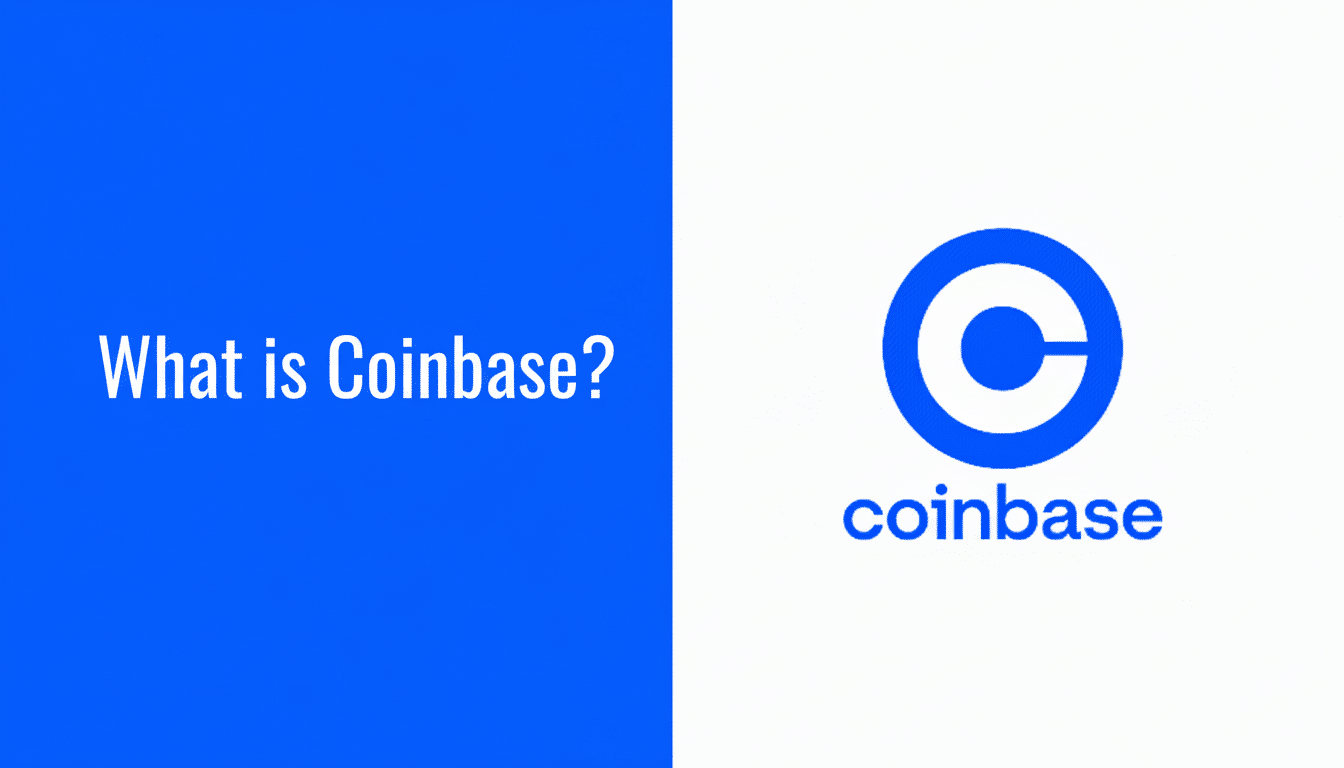Coinbase has also invested more in India’s CoinDCX as part of the Indian exchange’s new financing round, which boosted its post-money valuation to $2.45 billion. The capital is an extension of a previous round and still requires regulatory sign-off, the amount of the check and newly revised stake not disclosed. It also suggests the U.S. exchange is back on the offensive in a complex but strategically critical market—shortly after CoinDCX weathered a July security incident that resulted in about $44 million of losses.
The new valuation is higher than $2.15 billion of CoinDCX in April 2022. It also dampens previous speculation that Coinbase was interested in acquiring the Indian platform — something CoinDCX’s management had publicly rejected — by highlighting a partnership-led approach over consolidation.

Why This Strategic Bet on India Matters for Coinbase
India has both massive digital scale and policy uncertainty. There are over a billion internet subscribers in the country, a ripe base for any consumer fintech. At the same time, the cryptosphere faces its own friction: selling your newly minted play-coin for a profit will draw a flat 30% tax on that gain (and to get you started, there’s always also an obligatory 1% deduction at source, on every trade). Offshore platforms must also register with the Financial Intelligence Unit as part of a wider anti–money laundering drive spearheaded by the Ministry of Finance.
Even Coinbase did close up shop and later re-emerged to do things with permission from the FIU-IND, indicating a willingness to play by the rules. The firm has also invested in India’s CoinSwitch, working instead with a network of local relationships and avoiding any direct market entry. Chainalysis research has time and again found India to be one of the world’s largest adopters of crypto from the ground up, indicating long-term demand even if short-term activity may be dampened by taxes and compliance costs.
CoinDCX by the numbers: users, assets, revenues
CoinDCX’s local presence is the strategic attraction. The company claims over 20.4 million users and customer assets totaling more than ₹100 billion (around $1.1 billion). In July, it reported annualized group revenue of ₹11.79 billion (roughly $133 million) and annualized transaction volumes across products of ₹13.7 trillion (about $154.6 billion). Those numbers, which are directional, underscore the scale of the platform in one of the world’s most price-sensitive markets.
Outside of India, CoinDCX has been regionalizing, and entered the Middle East and North Africa through its purchase of BitOasis. And that footprint could matter to Coinbase, which has been gradually establishing compliant corridors. MENA has become a hot growth region for crypto, propelled by licensing regimes in hubs like the UAE; using CoinDCX’s footprint there could expedite go-to-market for both firms.
The company said the new capital will go toward product improvements, user growth, geographic expansion and education. Security hardening is likely to be high on the roadmap, along with risk controls and custody architecture (following the July compromise). Leadership at CoinDCX has additionally focused on aligning with Coinbase in developing a regulatory-first business model that is scalable throughout India and MENA.
Strategic fit for Coinbase in India and MENA markets
Coinbase’s approach to investment often combines minority stakes with local partnerships aimed at accelerating market learning and regulatory conversation. That model mitigates the execution risk of going it alone in South Asia, where banking rails, taxation and compliance has changed rapidly over two years for any one company to keep up with.

Shan Aggarwal, Coinbase’s top business officer, has cast the region as core to the “onchain economy” thesis with India’s developer count and user scale as long-term tailwinds. A more strategic connection with CoinDCX also means practical synergies — pooled liquidity, token listings based off of local demand and compliance knowledge as it relates to FIU reporting and AML controls.
Regulation and risk factors shaping India’s crypto market
Policy remains the wild card. The Reserve Bank of India has been cautioning against private crypto assets all along and the current tax regime as well as TDS provision has forced some traders to move out. Officials have hit back with tougher enforcement, warning unregistered foreign platforms and pressing them to understand FIU norms. Industry bodies like the Bharat Web3 Association have said that recalibrating TDS would help in increasing onshore liquidity without compromising oversight.
Against that backdrop, Coinbase’s move looks like a bet on compliant, domestic-first model. Clearer rules could lift regulated exchanges with sufficient user sizes if clarity develops — say, through licensing approaches, improved taxation or more predictable AML guidance.
What the valuation signals about CoinDCX and India
At $2.45 billion post-money, the value of CoinDCX shows something more measured — not a frothy resetting of valuations from 2022, but also nothing contained.
That matters: Post-incident, and in a constraining regulatory environment more broadly within India, a step-up signals investor confidence not merely in the platform’s underlying business but also the larger case for India. For Coinbase, it’s part of a regional strategy predicated on compliance, partnerships and patience.
What to watch next:
- Regulatory approval
- Progress on security enhancements and risk management
- The portion of trading migrating to FIU-registered venues
- Whether CoinDCX can leverage its MENA presence into cross-border liquidity and new product lines
With those pieces in place, this investment could signal the beginning of a more sustainable onshore crypto cycle in India.

